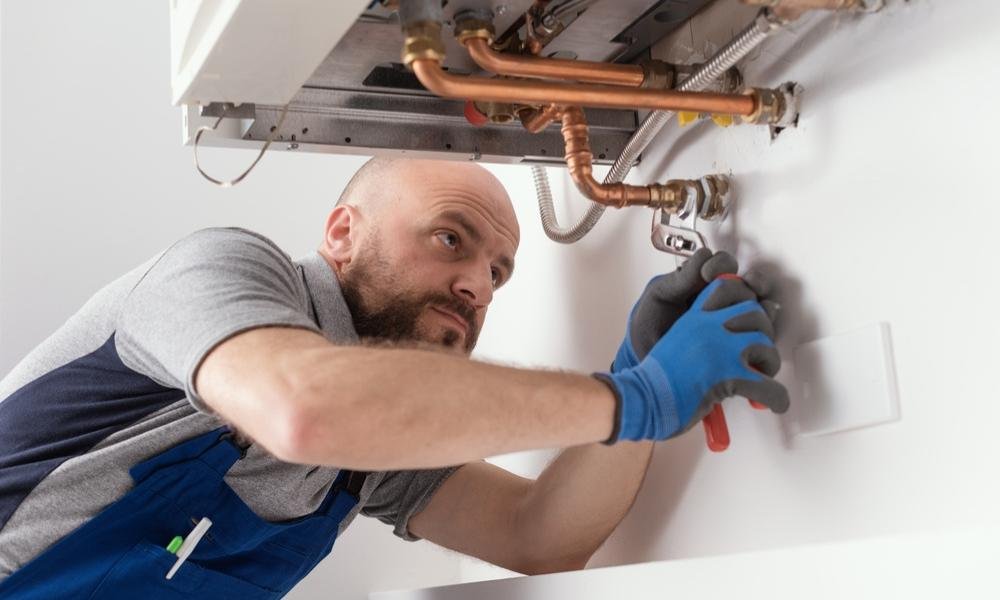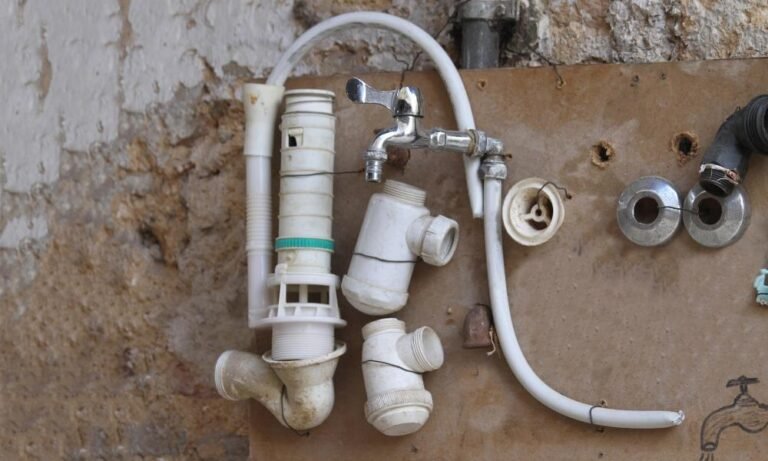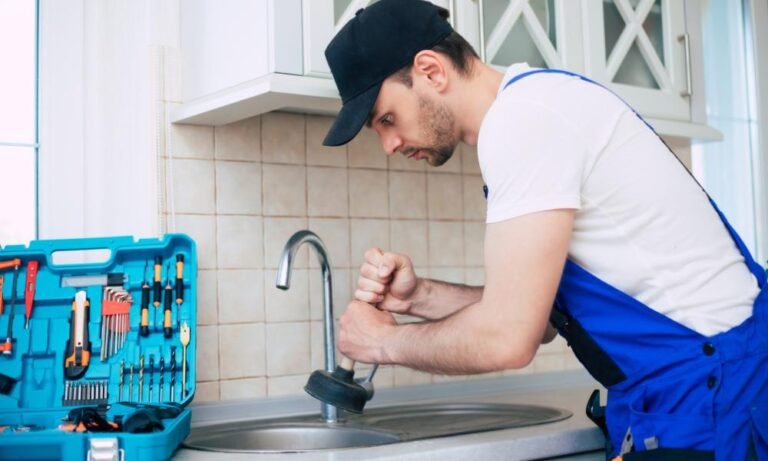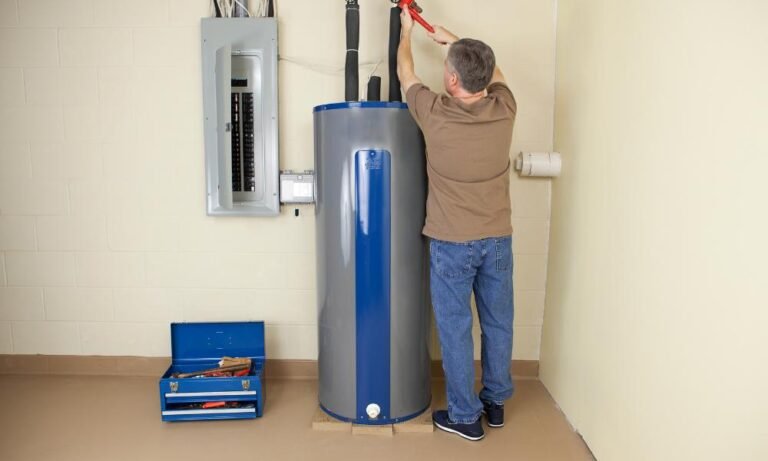Estimated reading time: 5 minutes
When it comes to plumbing, the materials you choose for your pipes are more than just a minor detail—they’re the foundation of a system that should serve you reliably for decades. The right choice can mean fewer repairs, lower water bills, and peace of mind. The wrong choice? Well, let’s just say it can result in costly headaches down the line.
In this guide, I’ll walk you through everything you need to know about selecting the best materials for your home’s pipe installation. Whether you’re tackling a renovation or building a new home, understanding your options is the key to long-lasting plumbing.
What You’ll Learn
- The basics of pipe installation and why material selection matters.
- The most common types of pipe materials and their pros and cons.
- Factors to consider when choosing pipe materials.
- Common mistakes to avoid.
- Tips for maintenance and when to call a professional.
Why Material Matters in Pipe Installation
Pipes aren’t just conduits for water—they’re the backbone of your plumbing system. Choosing the right material impacts:
- Durability: Long-lasting materials reduce the need for frequent repairs.
- Efficiency: Properly chosen pipes maintain water pressure and flow.
- Cost: While some materials have a higher upfront cost, they may save money in the long run through lower maintenance.
Different materials suit different needs. For example, a pipe that’s perfect for your indoor plumbing may not hold up under extreme outdoor conditions. Understanding these nuances is crucial.
Common Types of Pipe Materials
Here’s a closer look at the most commonly used pipe materials and their benefits:
Copper Pipes
- Best For: Hot and cold water systems.
- Pros:
- Highly durable and resistant to corrosion.
- Can handle high water pressure and temperature fluctuations.
- Long lifespan (50+ years in many cases).
- Cons:
- Expensive upfront cost.
- Requires professional installation due to soldering needs.
PVC (Polyvinyl Chloride) Pipes
- Best For: Drainage and cold water systems.
- Pros:
- Lightweight and easy to install.
- Affordable and resistant to rust or corrosion.
- Cons:
- Brittle in extreme temperatures.
- Not suitable for hot water, as it can warp under heat.
PEX (Cross-Linked Polyethylene) Pipes
- Best For: Versatile use in modern plumbing systems.
- Pros:
- Flexible, allowing for fewer joints and quicker installations.
- Suitable for both hot and cold water.
- Resistant to freezing and bursting.
- Cons:
- Vulnerable to UV damage, making it unsuitable for outdoor use.
- Not recyclable, which may be a concern for eco-conscious homeowners.
Galvanized Steel Pipes
- Best For: Older homes or outdoor plumbing.
- Pros:
- Durable and resistant to physical damage.
- Ideal for high-pressure systems.
- Cons:
- Prone to rust and corrosion over time.
- Heavy and challenging to work with.
CPVC (Chlorinated Polyvinyl Chloride) Pipes
- Best For: Hot water systems in residential settings.
- Pros:
- Can handle high temperatures.
- Affordable compared to copper.
- Cons:
- Brittle in cold climates.
- Less environmentally friendly due to its plastic composition.
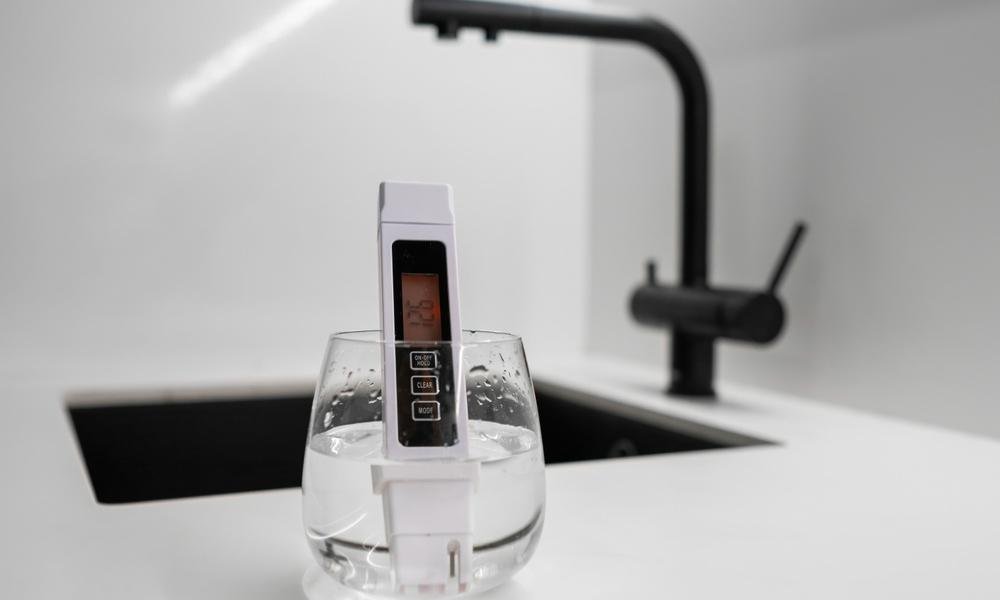
Factors to Consider When Choosing Pipe Materials
Choosing the right material isn’t just about cost; here are other factors to weigh:
1. Water Quality and Temperature
- Hard water may cause scaling in certain materials.
- PVC may warp with hot water, while copper handles high temperatures better.
2. Indoor vs. Outdoor Use
- Outdoor pipes need to withstand freezing temperatures and physical stress. Galvanized steel or PEX are often good choices.
3. Budget and Long-Term Costs
- While copper has a higher initial cost, its durability can make it a cost-effective choice over time.
4. Local Building Codes
- Some materials may not comply with your local regulations. Always check the rules in your area.
5. Future Maintenance
- Materials like PEX are easier to repair and replace compared to more rigid options like steel.
Common Mistakes to Avoid
Avoid these pitfalls when selecting and installing pipes:
1. Mixing Incompatible Materials
Certain metals, like copper and galvanized steel, can corrode when connected directly due to a process called galvanic corrosion. Always use the appropriate fittings to join different materials.
2. Choosing Based on Initial Cost Alone
Cheap materials may save money now but could result in higher maintenance or replacement costs later.
3. Ignoring Professional Advice
Consulting a plumber can prevent costly errors and help you navigate local regulations.
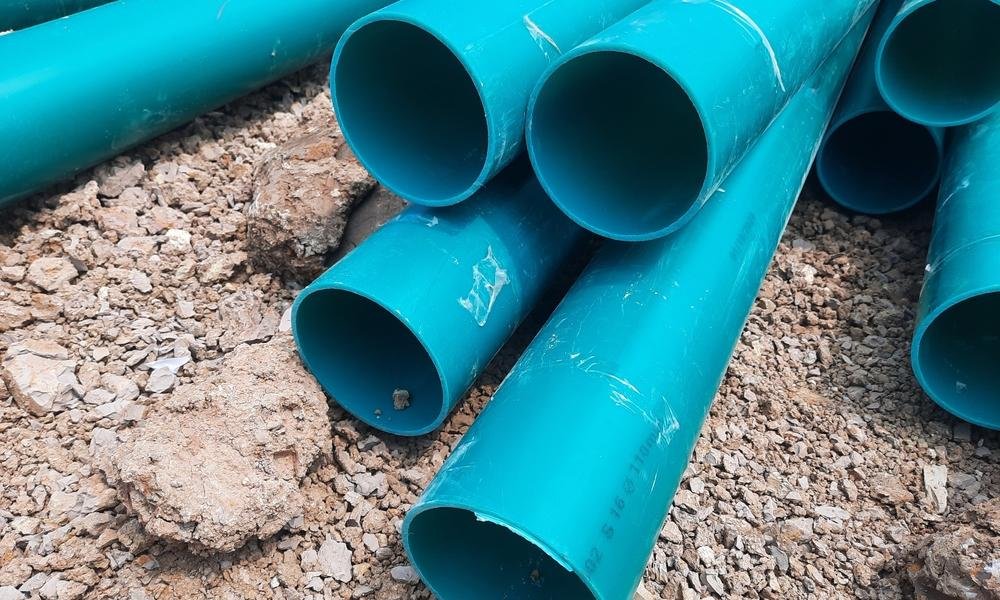
Maintenance Tips for Long-Lasting Pipes
A well-maintained plumbing system can last decades. Here’s how you can keep your pipes in good shape:
- Inspect Regularly: Check for leaks, rust, or any unusual sounds.
- Clean Drains: Avoid clogs by regularly cleaning drains with non-corrosive solutions like baking soda and vinegar.
- Regulate Water Pressure: High water pressure can strain pipes, so consider installing a regulator if needed.
- Insulate Pipes: In colder climates, insulation prevents freezing and bursting.
- Flush Your Water Heater: Sediment buildup can affect hot water lines, so annual flushing is recommended.
When to Call a Professional
Sometimes, a project is best left to the experts. Call a plumber if:
- You’re unsure about material compatibility.
- The installation involves gas lines or complex systems.
- You notice recurring leaks or corrosion that DIY fixes can’t solve.
Professional plumbers not only ensure proper installation but also help you avoid fines by complying with local codes.
Final Thoughts
Choosing the right materials for your home’s pipe installation is a critical decision that affects the efficiency, durability, and cost of your plumbing system. By understanding the pros and cons of each material, avoiding common mistakes, and performing regular maintenance, you can set up a reliable plumbing system that stands the test of time.
Need help making the right choice or installing your pipes? Reach out to a trusted plumbing professional who can guide you every step of the way. Investing in quality materials and proper installation now will save you from headaches down the road.
